Is this a morel?
bri1010
9 years ago
Related Stories

ARTBring In a View Like You’ve Never Imagined
See how art photographers turn a plain white wall into a magical window with a centuries-old camera technique — and how you could try it too
Full Story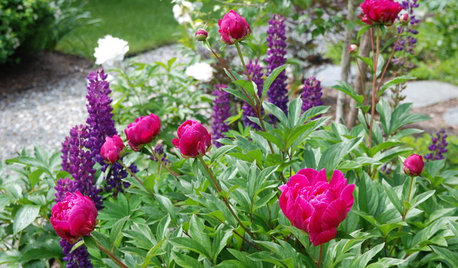
REGIONAL GARDEN GUIDESDelight in Summer’s Garden Glories — Here’s What to Do in June
Wherever you live in the United States, these guides can help you make the most of your summer garden
Full Story
DECORATING GUIDES'Dracula' Silk Wallpapers Prove a Feast for the Eyes
If you've been drinking in the NBC show's sumptuous sets, this scoop on that gorgeous silk wallpaper will hit the spot
Full Story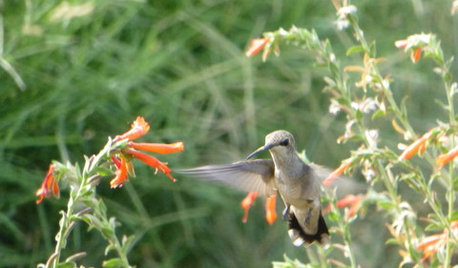
GARDENING GUIDESSweet Serendipity: Opening to Happy Garden Discoveries
Unplanned nature scenes can be unbelievably beautiful; you just need to know how to look
Full Story
KITCHEN OF THE WEEKKitchen of the Week: New Function, Flow — and Love — in Milwaukee
A traditional kitchen get an improved layout and updated finishes in a remodel that also yields a surprise
Full Story
SPRING GARDENING7 Spectacular and Practical Spring-Flowering Trees
Put on a beauteous show in the garden with a landscape tree awash in flowers — just do your homework first
Full Story
BLUE9 Beautiful Blues for Bathrooms
From soft sky to bold tropical aqua, see why this hue is making waves in bathrooms
Full Story
GARDENING GUIDESDo You Have This Invasive Plant in Your Yard?
Garlic mustard is spreading across the U.S. Here’s how to spot it and what to do
Full Story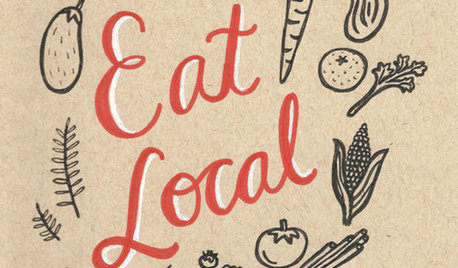
PRODUCT PICKSGuest Picks: Everything's Coming Up Vegetables
Get psyched for those healthy 5 servings a day with veggie-inspired kitchenware, art and accessories
Full StoryMore Discussions






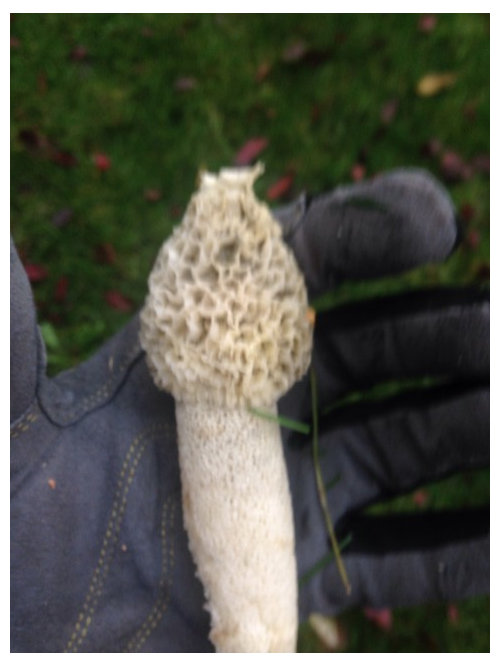
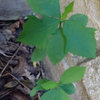

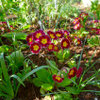

dirt_farmer
Samantha
Related Professionals
Hyattsville Landscape Architects & Landscape Designers · La Marque Landscape Architects & Landscape Designers · Anderson Landscape Contractors · Wilmington Landscape Contractors · Allentown Landscape Contractors · Berkley Landscape Contractors · Dunwoody Landscape Contractors · Edinburg Landscape Contractors · Fridley Landscape Contractors · Lewisville Landscape Contractors · Peoria Landscape Contractors · Pompano Beach Landscape Contractors · Sammamish Landscape Contractors · San Benito Landscape Contractors · North Hills Landscape Contractorsrhizo_1 (North AL) zone 7
dirt_farmer
ken_adrian Adrian MI cold Z5
missingtheobvious
bob_cville
bri1010Original Author
dirt_farmer
fatamorgana2121
kathyannd
jane_socal
ken_adrian Adrian MI cold Z5
dirt_farmer